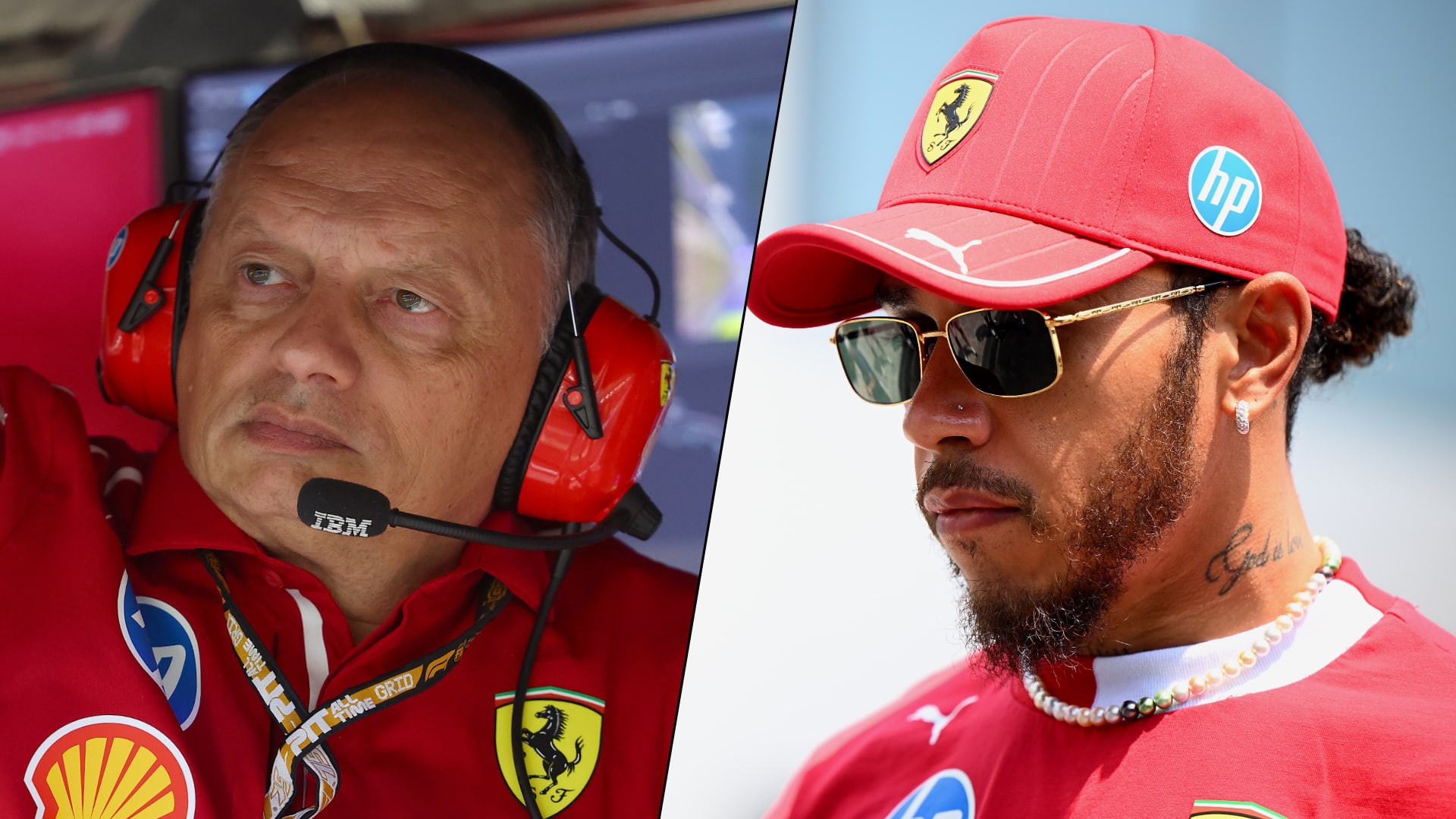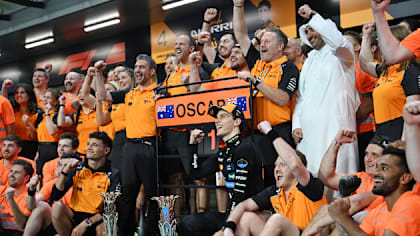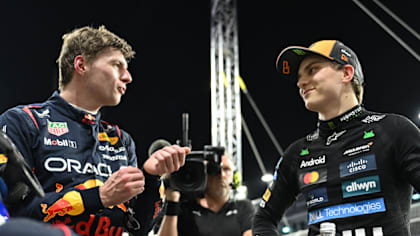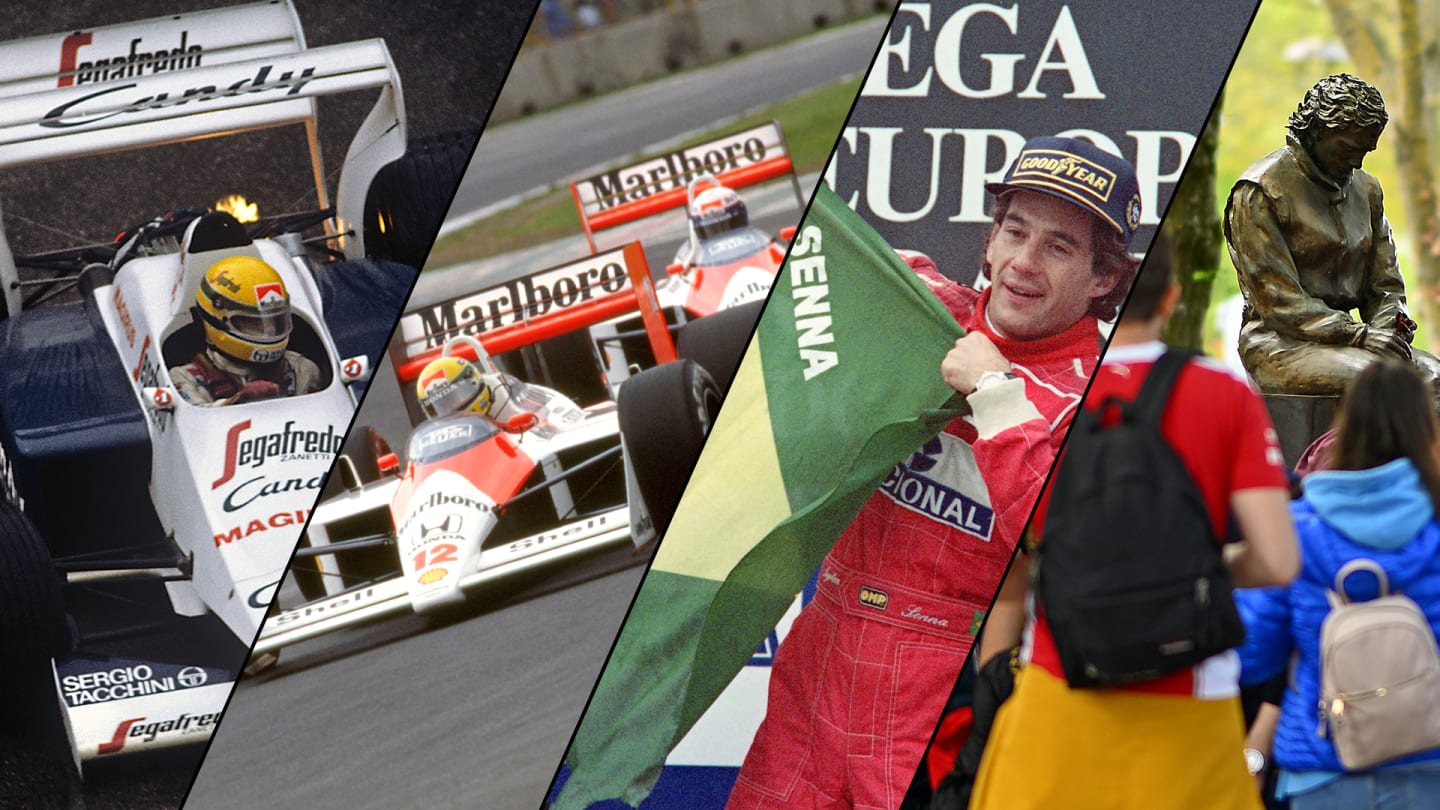
Feature
Who was Ayrton Senna and why is he regarded as one of F1’s greatest drivers?
Share

Ayrton Senna took the Formula 1 paddock by storm in a career that delivered three world titles and a host of records, only for his life to be tragically cut short by a fatal accident at Imola 30 years ago today. If you’re new to F1 and want to learn more about the Brazilian’s journey, we have charted his whirlwind path from karting sensation to F1 superstar, while highlighting some of his best-ever performances, one of his fiercest rivalries and a legacy that shines brightly to this day…
Where did Senna hail from?
Ayrton Senna da Silva was born in Sao Paulo on March 21, 1960, to mother Neide and father Milton, a land and factory owner. He was the middle child, having initially joined an older sister called Viviane and later been joined by a younger brother called Leonardo.
Senna, whose parents gave him the nickname ‘Beco’, enjoyed plenty of sports as a youngster while also developing an interest in motor racing. Some of his first experiences behind the wheel came when he battled his friends on the city’s streets in a go-kart built by his dad.
When did Senna start racing?
With those early street runs behind him, Senna caught the motorsport bug and set his sights on racing competitively, but he could not do so until he turned 13. When that moment finally arrived, he headed to a kart track near the Sao Paulo F1 circuit and won on his debut.
Senna went on to claim plenty more wins, paving the way for his first local titles and then the South American Karting Championship crown in 1977. After this, the teenager settled on a move to Europe, which played host to the biggest karting events on the calendar.
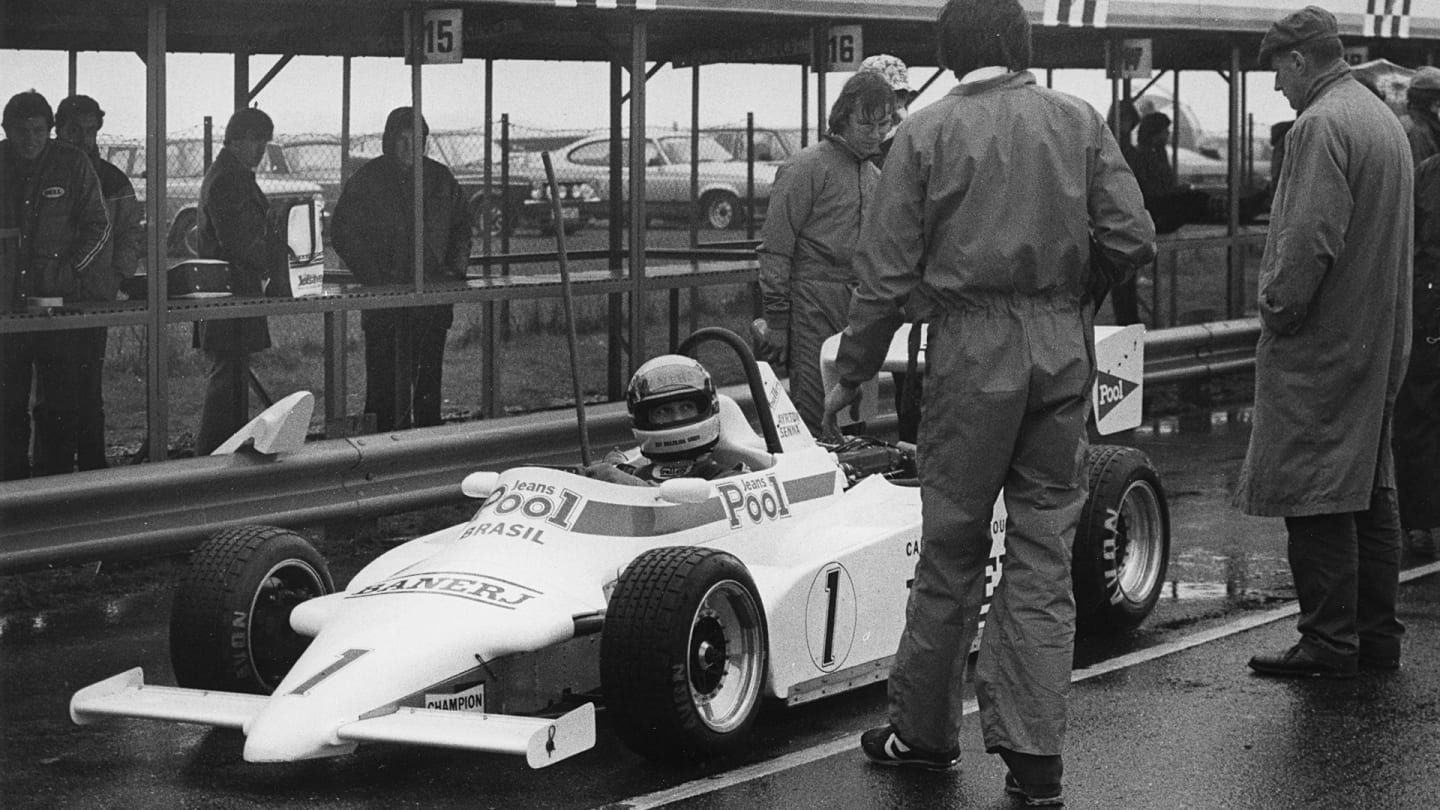
Senna moved from Brazil to Europe as a teenager, initially racing karts before progressing to cars
Senna’s time on the European karting scene saw him race alongside an experienced British driver called Terry Fullerton, whom he would later name as the person he gained the most satisfaction from competing against. Recalling the first time he saw Senna on track in an F1.com tribute feature, Fullerton described his former team mate as a “very, very quick little kid”.
After some thrilling – and at times tense – battles with Fullerton as they pushed for karting honours, Senna moved on to single-seaters, where he racked up Formula Ford 1600, British and European Formula Ford 2000 and British Formula 3 titles in successive seasons through the early 1980s, as well as triumphing in the prestigious Macau Grand Prix.
When did he make it to F1?
Senna’s aforementioned success in junior categories caught the attention of F1 team bosses and, for the 1984 season, he signed with the plucky Toleman operation, impressively scoring points in only his second Grand Prix as he quickly got to grips with life in the top echelon.
Senna then spectacularly announced himself to the F1 world by splashing his way from a midfield starting position to second place in a Monaco Grand Prix hit by torrential rain, finishing just behind established McLaren racer Alain Prost after the encounter was red-flagged due to the conditions.
“It made a huge impression, not just on me… In fact, it probably made less of an impression on me than all other people, because I’d seen it sort of coming,” said Senna’s race engineer, Pat Symonds, when looking back on that performance. “It made a hell of an impression on an awful lot of people.”
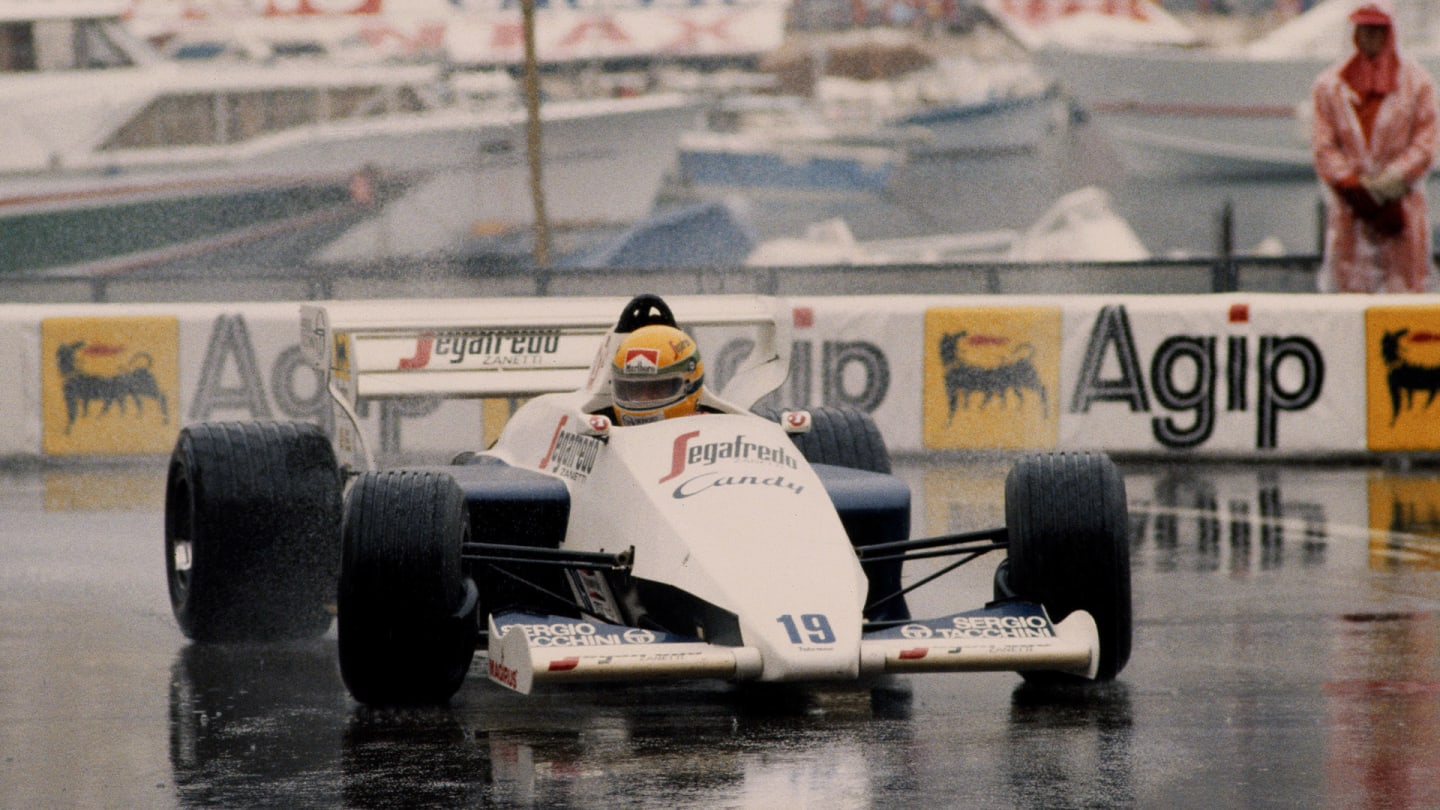
Senna impressed plenty in F1 with his heroic efforts as a rookie on the streets of Monte Carlo
What happened after that?
Unsurprisingly, Senna’s services were even more in demand after his standout Monaco showing, but having opened talks with Lotus in the background, which breached his Toleman contract, the rising star was dramatically suspended for a race late in his rookie season.
While he saw out the remainder of that campaign for Toleman, Senna’s future would be with Lotus and, in 1985, he secured the first pole position and win of his F1 career at the Portuguese Grand Prix, where he once again displayed brilliant car control amid wet conditions on race day.
Having racked up more poles and wins and been on the brink of a title challenge for three seasons, Senna’s next big move came when McLaren signed him as the aforementioned Prost’s new team mate in 1988, coinciding with the outfit’s switch to Honda engines.
Senna hit new heights in those surroundings – winning half of the 16 races and claiming pole for all bar three in the dominant MP4/4 – to charge his way to a maiden world title over Prost, but tensions were brewing between the pair as their relative youth and experience went head-to-head.
Why was Prost such a fierce rival?
“Is it possible to be equal?” Prost had asked Senna with a grin during a press conference appearance midway through their first season as team mates, to which the youngster cheekily replied, “No… There can only be one winner”.
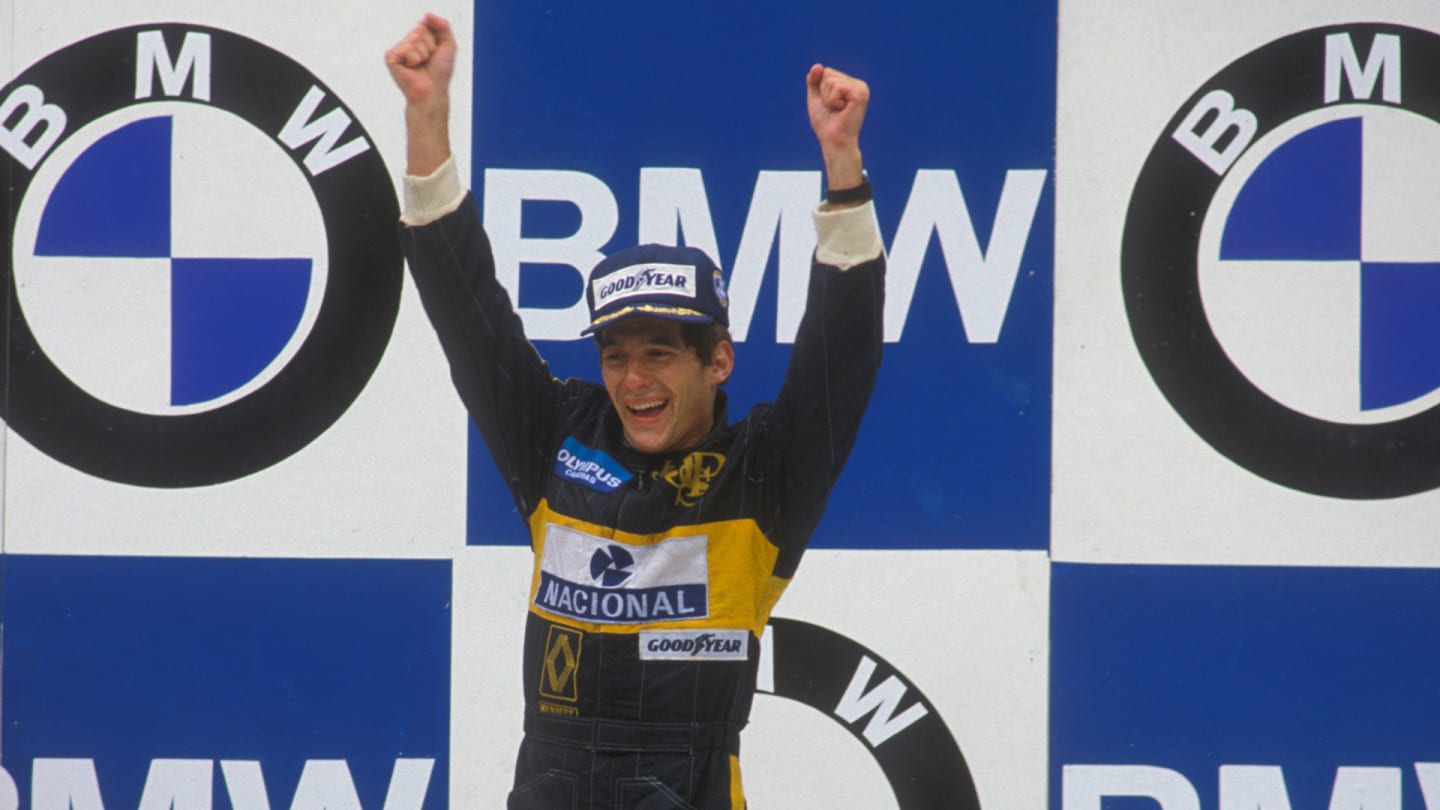
Senna achieved his first pole positions and race wins during his second F1 season with Lotus
Those smiles would soon be turned upside down as a series of flashpoints sent their briefly amicable relationship spiralling out of control, culminating in an infamous clash between the title-contending team mates at the 1989 Japanese Grand Prix.
A sidelined Prost won the championship after the stewards deemed that Senna had rejoined the track illegally and disqualified him from the race, but the Frenchman decided that enough was enough amid the tensions at McLaren and moved to Ferrari for 1990.
READ MORE: Prost versus Senna – The top 10 moments of F1’s defining rivalry
However, anyone thinking that this was the end of their rivalry would be mistaken, with Senna and Prost facing off for a third straight campaign – despite their now opposing teams – and clashing at Suzuka once more, this time in even more controversial circumstances.
Senna had earned pole for the penultimate round, with Prost qualifying second, but already hugely frustrated by the decision to keep the P1 grid slot on the dirtier, less grippy side of the track, the McLaren driver lost out to his Ferrari rival on the short run down to the first corner.
“If on Sunday, at the start, because I’m in the wrong place, Prost jumps the start and beats me off the line, at the first corner I’m going for it,” Senna had commented. “And he had better not turn in ahead of me because he’s not going to make it.”
Top 10: Defining moments from the Senna and Prost rivalry
That’s exactly what transpired when Senna and Prost met at the apex, with both out on the spot and the former confirmed as the 1990 champion, adding another highly damaging layer to their conflict that would continue through further on and off-track exchanges in the years to come.
What was Senna’s ‘Lap of the Gods’?
Senna bagged a third title in 1991 as Williams pair Nigel Mansell and Riccardo Patrese emerged as his nearest challengers, rather than Prost and Ferrari, but McLaren’s own form dipped through 1992 and 1993, when Honda engines were swapped for an under-powered Ford unit.
During this period, there was talk that Senna could take some time out of F1 and even explore other categories such as IndyCar, but when push came to shove, he agreed to continue with McLaren on a race-by-race basis, commanding a reported fee of $1 million per outing.
Those background conversations aside, Senna produced one of his most memorable F1 performances in the early stages of the 1993 season when he claimed victory in the rain-hit European Grand Prix at Donington Park via a remarkable start – the so-called ‘Lap of the Gods’.
Running fifth at the exit of Turn 1, Senna dragged his MP4/8 through the spray and past the four cars ahead by the end of the first lap, before romping into the distance and recording an utterly dominant victory that saw him lap all bar one driver in the field.
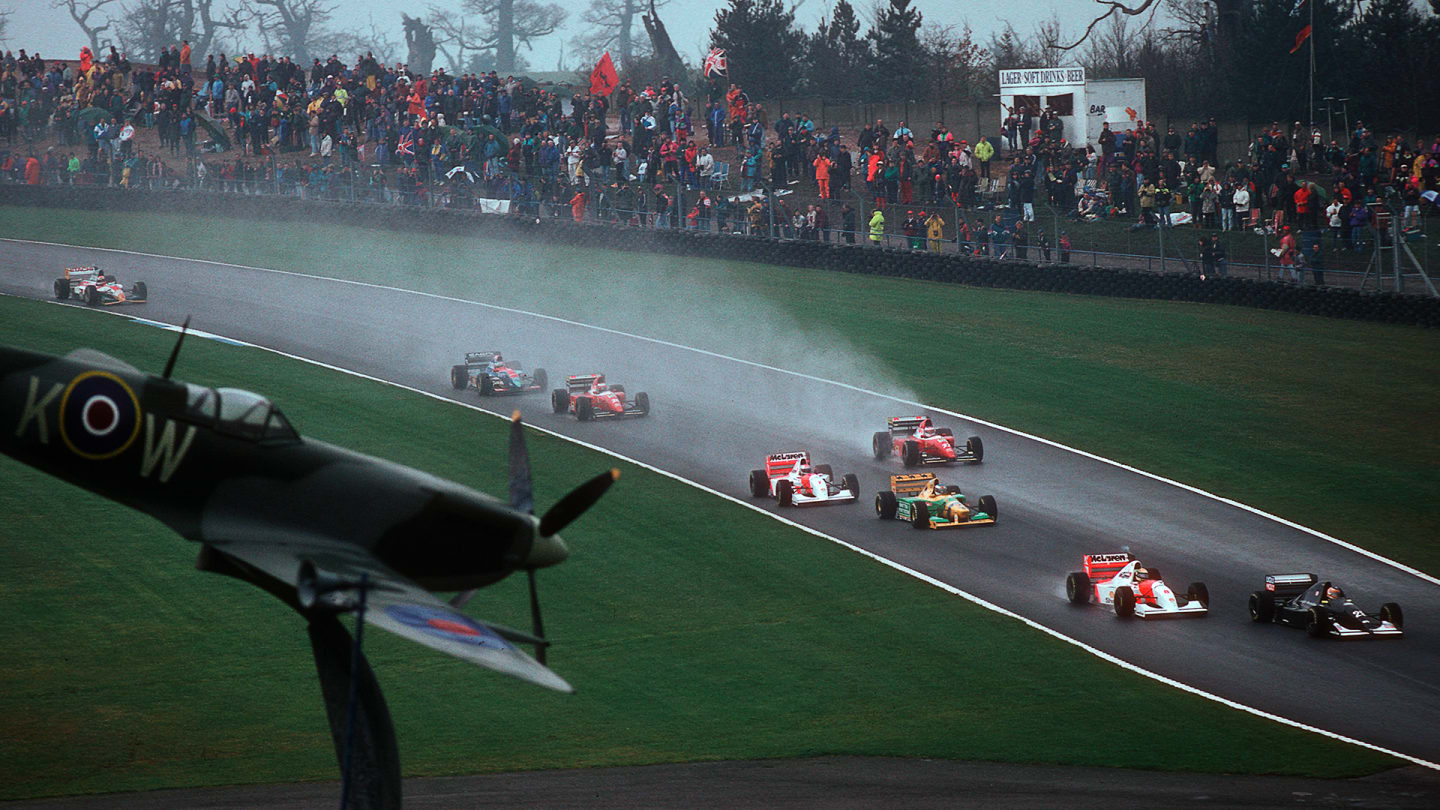
Senna blew the competition away at Donington in 1993, with his first lap going down in history
“He was walking on water,” summed up Karl Wendlinger, who shared the track with Senna that day and was one of his first-lap targets, as the Sao Paulo man underlined his credentials as one of the sport’s best wet-weather racers.
What happened at Imola in 1994?
The 1993 campaign would prove to be Senna’s last with McLaren as he opted for a move to Williams, who had won both world titles in the previous two years with Mansell and then Prost – the latter retiring from the sport after achieving his goal of a fourth championship.
But sweeping changes to the technical regulations for 1994, which included a ban on electronic ‘driver aids’, made Senna’s adaptation to Williams more difficult than he had hoped and, despite taking pole position for the opening three races, he would fail to finish them all.
Tragically, at the San Marino Grand Prix on May 1, just a day after rookie driver Roland Ratzenberger was killed in a crash during qualifying, Senna lost his life when he ran off the track in the early stages of the race and hit the wall at the exit of the Tamburello corner at high speed.
Ratzenberger and Senna’s deaths marked the first fatalities at a Grand Prix since Riccardo Paletti in Canada 1982, and came eight years after a testing accident that claimed the life of Elio de Angelis, making it one of the darkest weekends in F1 history.

Senna and Ratzenberger are remembered with an array of tributes at Imola year in, year out
Fellow drivers, team members, journalists and the wider motorsport community were deeply affected by the events, with Williams going on to add a Senna logo to future car designs out of respect for their fallen driver and McLaren recently adopting the same tribute.
How much did Senna achieve in F1?
Nobody knows what else Senna – who was just 34 when he died – could have achieved if his life and career had gone beyond that fateful Imola weekend, but his accomplishments up to that point already gave him a prominent place on most pages of the F1 record books.
HALL OF FAME: Three-time F1 world champion Ayrton Senna
Across 10 years in the sport, Senna claimed 65 pole positions, made 161 starts, scored more than 600 points, collected 80 podiums and 41 wins, and wound up with those three world titles from 1988, 1990 and 1991 respectively.
In terms of poles, his particular strength over one lap saw Senna set a new record at the time, and he has only been passed by Michael Schumacher and Lewis Hamilton since, while he sits sixth overall when it comes to race victories and is tied sixth on the all-time list of world titles won.
There are some records that Senna still holds outright, a couple of examples being the most consecutive poles (eight in a row from Spain 1988 to the United States 1989) and the most consecutive poles at the same Grand Prix (seven in a row at Imola from 1985 to 1991).
Top 10: Moments of Senna Brilliance
What about his lasting legacy?
In addition to making his mark on the track, the deeply spiritual Senna left an inspiring legacy off it, having donated millions of his personal fortune to help underprivileged children in his native Brazil, while also laying the foundations for a charity bearing his name.
In November 1994, just a few months after his death – which led to three days of national mourning and some half a million people lining the streets for his funeral – the Instituto Ayrton Senna was officially formed by Senna’s family, with sister Viviane at the helm.
TREMAYNE: Remembering Senna’s final win – and his reconciliation with his greatest rival
The institute has gone from strength to strength, providing valuable support and educational opportunities to young Brazilians for almost three decades, and ensures that Senna’s presence is felt not only by generations who knew him as a hugely successful F1 driver, but also those entering the world today.
“He’s not going to be forgotten as he was too good, he was too charismatic, too many people liked him, and he’d get into the hearts of so many people because of his personality,” added Senna’s old karting team mate, Fullerton, as the F1 world remembers the legendary racer 30 years on from his passing.
Share
YOU MIGHT ALSO LIKE
NewsF1 Unlocked F1 The Movie European Premiere - WIN with F1 Unlocked
News ‘I was very proud on the pit wall’ – Stella recalls crucial moment of teamwork between Norris and Piastri’s Race Engineers in Jeddah
News Bayer admits Lawson left ‘sad and puzzled' by Red Bull seat swap as he predicts New Zealand driver 'will be back and he will be quick'
News 'That's what you need to fight for a championship' – Verstappen reveals key Piastri trait that could help him in title battle
